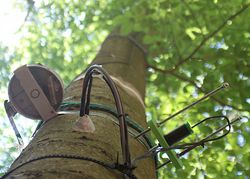Dossier
Forest monitoring – more than just data
Nicole Wellbrock, Tanja Sanders and Kai Schwärzel | 25.05.2022
How are the forests in Germany and Europe doing? We answer this question with a coordinated system of different monitoring programmes.
The Level II monitoring includes ‒ partly in high temporal resolution ‒ the collection of data on deposition, soil solution, climate, air quality, ground vegetation, tree increment, phenology, litterfall, and visible ozone injuries.
The German-wide forest monitoring is a system of repeated extensive grid-based assessments (forest soil survey and forest condition survey, Level I) and intensive forest monitoring (Level II). The surveys are executed in close cooperation with the German federal states. The extensive monitoring (Level I) consists of the forest soil () and the forest condition survey . For the soil survey the systematic 8x8 km grid leads to roughly 2000 assessment points; thus providing a representative data set for Germany. This makes it possible to evaluate the forest condition and its changes. What are the levels of soil acidification and heavy-metal pollution? How efficient is forest liming? We can answer questions like these Germany-wide for any period over the last 20 years. The forest condition survey is carried out annually on a 16x16 km grid providing detailed information on the development of crown parameters.
The intensive forest monitoring (Level II) aims, with its 13 surveys on 68 permanent plots, to investigate cause-effect relationships. Therefore parameters like deposition, growth, crown condition, nutritional condition, and soil solution are continuously measured. Complementary meteorology, biodiversity, and litterfall are assessed regularly. Our analyses show how tree growth and crown condition influence each other and how they both react to nitrogen input and drought.
ICP Forests is one of the largest coherent environment observation networks in the world (around 6000 Level I and 500 Level II assessment points in Europe). After a quality assessment, the extensive monitoring data are incorporated into a structured database. They can be used for ecosystem analysis and process-driven modelling. The Programme Co-ordinating Centre (PCC) of ICP Forests is responsible for the programme administration and organization, and the data management. The PCC also edits the extensive ICP Forests Manual and publishes scientific papers and brochures for policy consultancy and the general public .

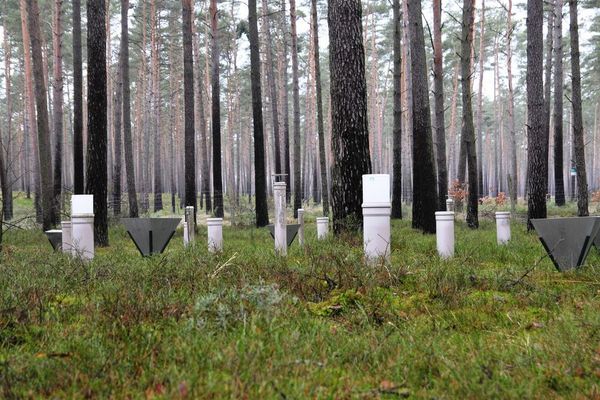

![[Translate to English:] Systematic recording of pests is part of the assessment of forest condition.](/media/_processed_/3/9/csm_eickenscheidt_DSCN6772_beech_leaf_miner_rhynchaenus_fag_WEB_e4e0c72483.jpg)



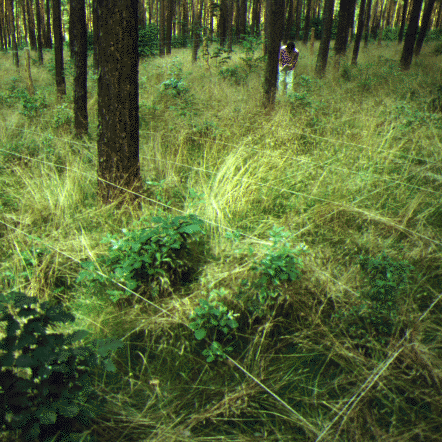
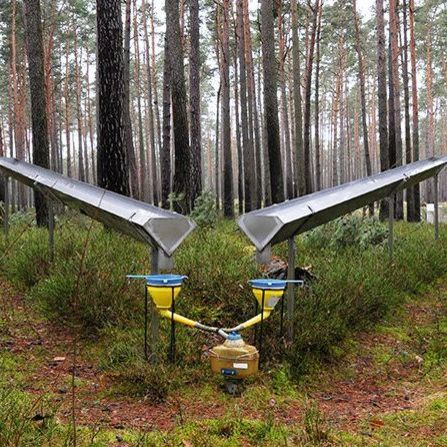
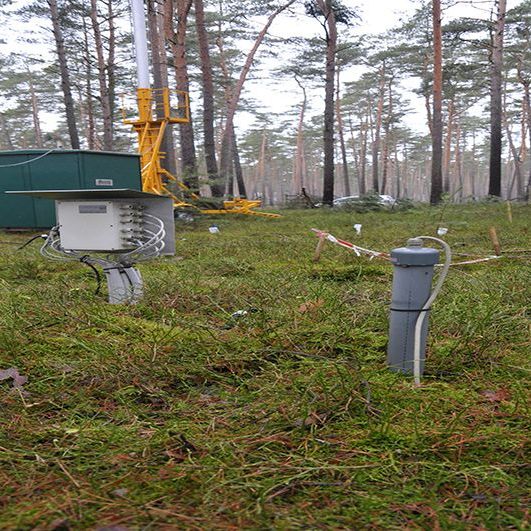
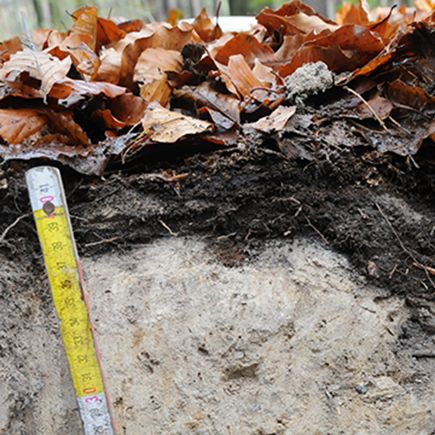
![[Translate to English:] Forests in (climate) change: In worse condition despite a wet winter](/media/_processed_/2/7/csm_WZE_Blick_in_die_Kronen_TI_Petra_Duehnelt_be706366cc.jpg)
